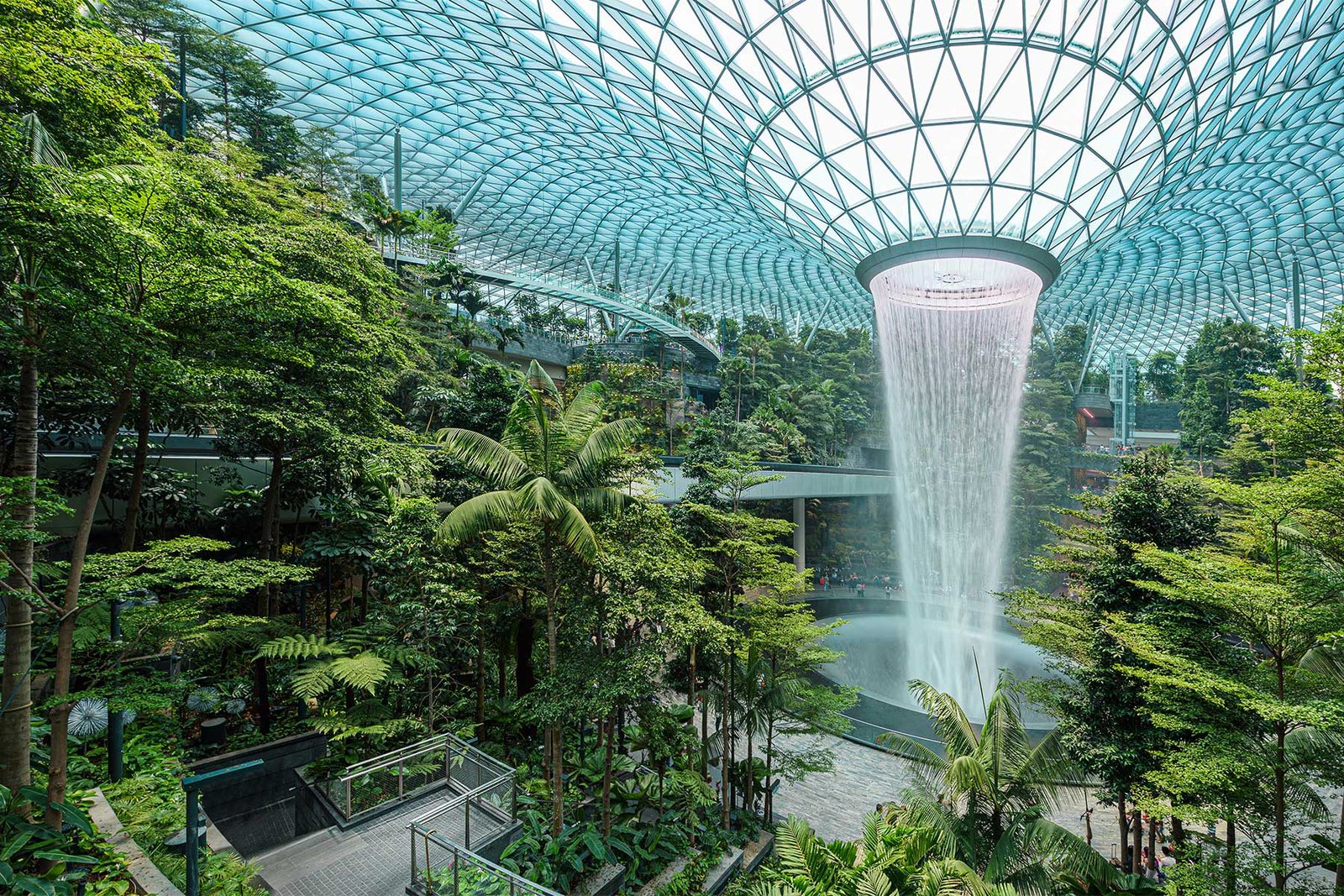In an era where screens dominate our lives and digital spaces often feel cold and sterile, a quiet revolution is blooming — and it’s lush, green, and deeply rooted in nature. Biophilic design, the concept of integrating natural elements into architecture and interior spaces, is now making its way into the digital realm, and technology is leading the charge.
Imagine virtual workspaces infused with the sounds of rustling leaves, calming water features, and visual palettes inspired by lush forests and serene beaches. Companies like Zoom and Microsoft Teams are already experimenting with immersive backgrounds and digital environments that mimic nature, helping users feel more connected and less stressed during long hours of screen time.
But biophilic design in tech goes beyond just aesthetics. AI-driven wellness apps are using natural imagery and soundscapes to promote mental health, while smart lighting systems adjust to mimic natural daylight cycles, improving mood and productivity. Even UX designers are embracing biophilia, using organic shapes, earthy color schemes, and intuitive flows inspired by natural ecosystems.
The science backs up the trend: studies show that exposure to natural elements, even digitally, can lower heart rates, reduce anxiety, and boost creativity. As the lines between physical and digital continue to blur, biophilic design offers a way to humanize our tech experiences and create digital spaces that nurture well-being.
Conclusion: Biophilic design is more than just a style — it’s a movement toward harmony between technology and nature. By infusing digital spaces with the calming and revitalizing qualities of the natural world, tech companies are crafting environments that help us feel more balanced, creative, and alive. The future of digital design isn’t just smart — it’s organic.

